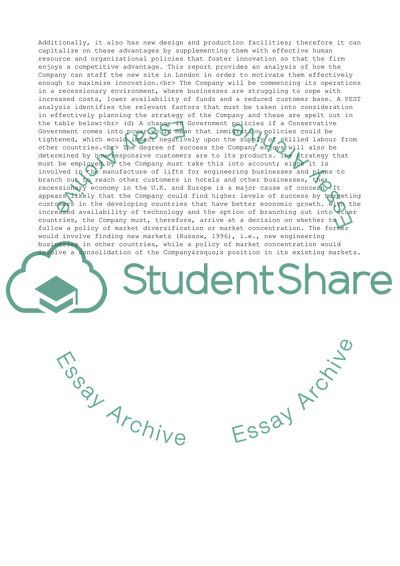Cite this document
(Innovation Management and Organizational Behaviour Research Paper, n.d.)
Innovation Management and Organizational Behaviour Research Paper. Retrieved from https://studentshare.org/management/1731848-innovation-management-and-organizational-behavior
Innovation Management and Organizational Behaviour Research Paper. Retrieved from https://studentshare.org/management/1731848-innovation-management-and-organizational-behavior
(Innovation Management and Organizational Behaviour Research Paper)
Innovation Management and Organizational Behaviour Research Paper. https://studentshare.org/management/1731848-innovation-management-and-organizational-behavior.
Innovation Management and Organizational Behaviour Research Paper. https://studentshare.org/management/1731848-innovation-management-and-organizational-behavior.
“Innovation Management and Organizational Behaviour Research Paper”, n.d. https://studentshare.org/management/1731848-innovation-management-and-organizational-behavior.


